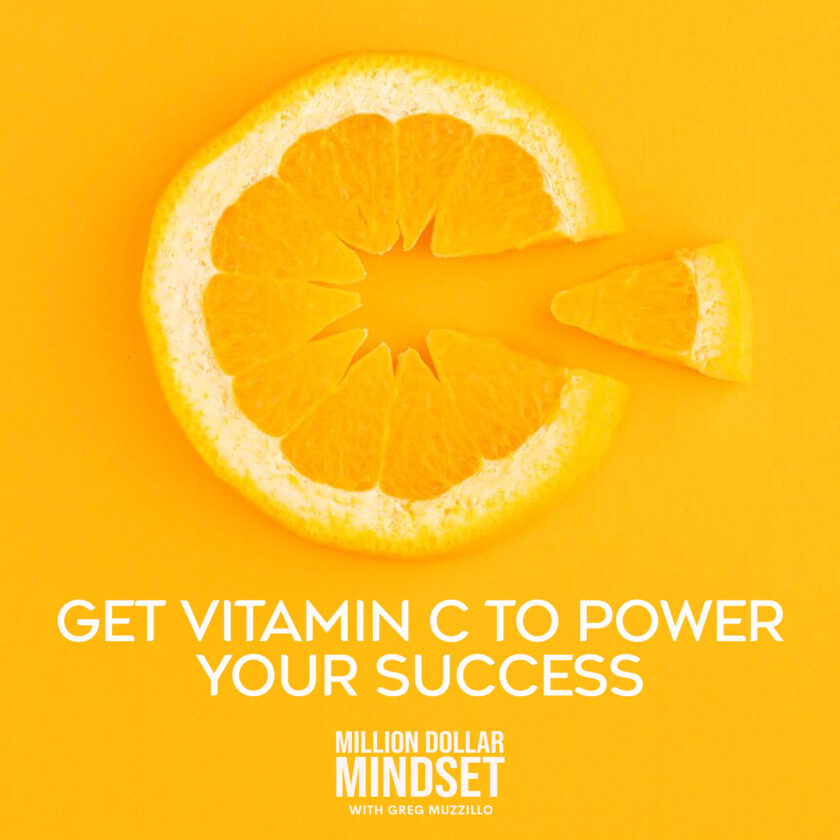Christian Louboutin took over a Neiman’s store in Dallas for a fully-branded experience promoting its new merchandise capsule.
The “A La Piscine” collection, which means “at the swimming pool,” includes branded products like apparel, footwear, lifestyle accessories, tumblers, and even pet collars. But, the real star of the show was the show itself, which took the theme of “pool party” and used branding installations and other details to really make shoppers feel immersed in the whole thing.
Across the 3,000 sq. Ft. Space on the store’s main floor, there was a simulated pool, a “Loubi” bar, lounge chairs, palm trees, lifeguards in swim trunks, and the branded merchandise on sale displayed throughout, according to WWD.
Christian Louboutin launches summer immersive installation at Neiman Marcushttps://t.co/zdVqUIWQGd #Louboutin #ChristianLouboutin #LaPiscine #NeimanMarcus #luxury #luxuryshoes #shoes #footwear #luxuryretail @LouboutinWorld pic.twitter.com/JUsmFrGOKo
— CPP-LUXURY.COM (@cppluxury) March 23, 2023
“The beginning of summer for me sparks sweet ’80s nostalgia, so I thought why not bring a pool party to Dallas to kick off the season,” Christian Louboutin said to WWD. “It’s important that you get to meet your customers. It creates good dynamic.”
For Neiman’s this is the latest in a trend they called “retail-tainment.” There’s more than just a good display of products. The whole thing is an experience. The merchandise is just one factor in it, and it is enhanced by the surroundings.
“Through our integrated retail model, we are deepening relationships with our customers and the brands they desire most,” Geoffroy van Raemdonck, CEO of the Neiman Marcus Group, told WWD. “This collection is the perfect example of our approach to create exceptional experiences for our loyal customers.”
Neiman also replicated the installation at its Beverly Hills store, but the way it works as almost like an art show itself creates that highly-coveted exclusivity factor that so many apparel and merchandise capsules benefit from.
That idea for going all-out for an experience isn’t limited to luxury brands, though. TV series have used the format to advertise the shows or streaming services, and expand the cinematic universes through all-encompassing shopping trips. For example, “Bridgerton” used a Bloomingdales line to link the show with real-life merchandise, “Ted Lasso” took over a restaurant in London to advertise its new season, and “Stranger Things” created a merchandise store that felt true to the show’s retro-horror nature.
Other consumer brands as ubiquitous as Coca-Cola even used highly branded store takeovers to connect with customers.
You don’t have to take over a major department store, but the idea is that a promotion can be more than just the product you give away. It can link to the brand story and its aesthetic. Its history. It should make connections with more than just the surface level. It should get end-users involved in more than just holding out their hands and saying thank you for the gift. It also means that you can work with print and wide format products to create that branded display and promotional universe, linking print, apparel, and hard goods.



